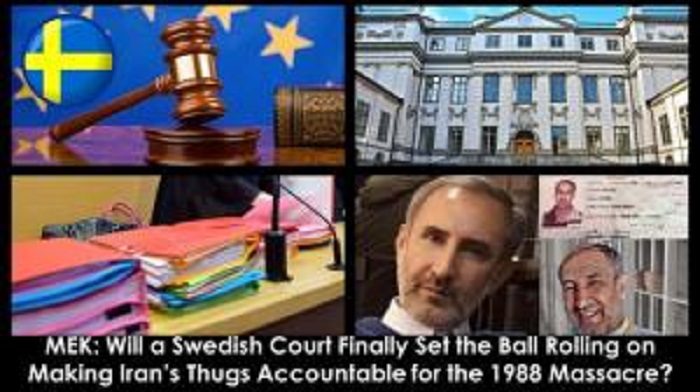During the ongoing trial of Hamdi Noury, an Iranian prison officer in the 1980s, the terrible testimonies of Ali Zolfaghari, a former Iranian political prisoner, shed light on new aspects of the 1988 massacre.
The 1988 massacre occurred within a few months
The majority of the victims were members and supporters of the People’s Mojahedin of Iran (PMOI / MEK Iran). This massacre occurred within a few months following a fatwa issued by the regime’s then-Supreme Leader, Ruhollah Khomeini.
All prisoners were interrogated by the so-called ‘death commission,’ which decided their fate. The sole inquiry the death commission asked was, “What are your charges?” If a prisoner stated that they supported the MEK, they would be executed instantly.
“They asked my name, my father’s name, and my charges. When they asked about my charges, I knew the ultimate result would be execution. I pondered for a moment. I couldn’t defend my ideals and relented to the pressure. But I don’t forget that those who were hanged persisted in supporting the MEK. I didn’t, and I survived, and I still regret it. Nayeri, the chief of the death commission, told me: go out and write what you said. I took the hardest decision of my life.”
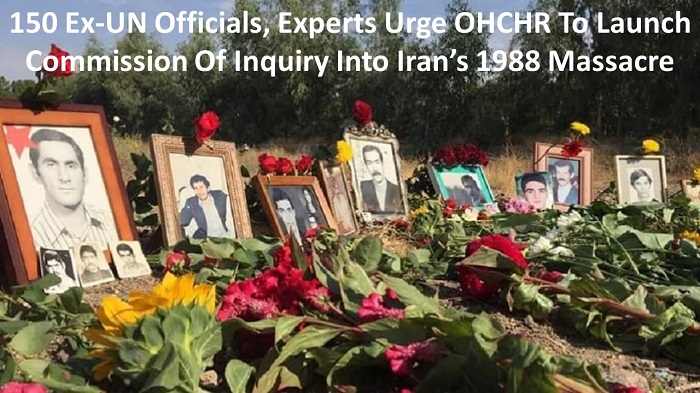
There was a massacre going on
“A week later, the prison guards came, lined us up, and took us to the death corridor. There were many prisoners there, and there wasn’t any room for us. I hardly sat down beside a prisoner. We knew there was a massacre going on, and they were settling the score with us as they have threatened us to do so a few years ago. They had told us we would let you get out of the prison.
I asked the prisoner close to me what his name was, and he introduced himself as Behrooz Shahmogheni. He was from Tehran and very resistant. I told him you should be careful they are executing all. He said I went to the court and defended the MEK no matter what happened. He sang the “Iran Zamin” anthem for me. He wanted me to know he firmly stands on his ideals and is ready to die for them. Hamid Abbassi Noury approached us, kicked Behrooz, and started installing Behrooz, saying I would kill you. He took Behrooz from his collar and took him. I didn’t see Behrooz ever since,” Zolfaghari said.
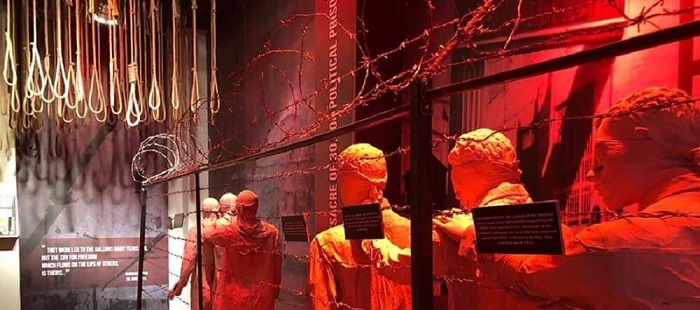
Companions faced during their incarceration
Zolfaghari described the atrocities he and his companions faced during their incarceration. The cruelty of the regime is once again revealed through stories of torture and executions, as well as the lack of trials and evidence.
“There was another prisoner, I asked him who are you, and he identified himself as Hadi Mohammadnejad. The regime had hanged his three brothers and later executed him too.”
“They took me to the death commission. As I sat down, the prayer time started. Nayeri said, let’s go pray and get lunch, and we would continue. They took me outside. During the day, Nasserian several times asked if I had gone to the court, and I said yes I did.”
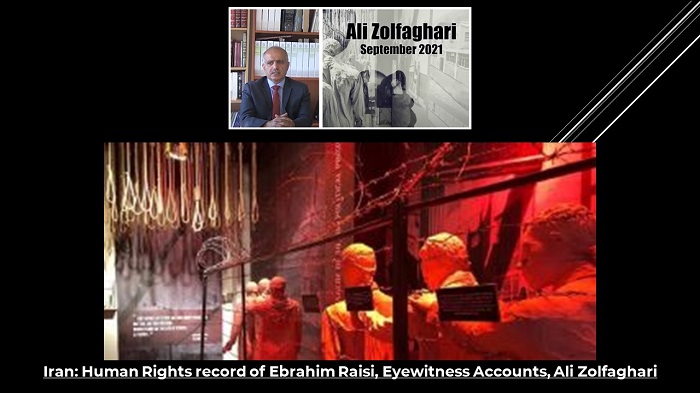
They took me to the solitary confinement
“They took me to the solitary confinement, and I was there until the end of the massacre. It was very hard for me. You only get executed once, but I was waiting for execution every day, and it was such dreadful torture.
I was there for almost a month, waiting for the day they took me to the gallows. Sadly, I didn’t know morse code, so I could not communicate with other cells. During my time in the solitary cell, the guards came a few times and beat me, asking me to insult Massoud Rajavi. After a month, they took me to another ward. Only 150 were left in the entire Gohardasht prison.”
“When I was later transferred to Evin, the authorities told us that we should have executed all of you then. I wish I was, not being under this much moral pressure.”
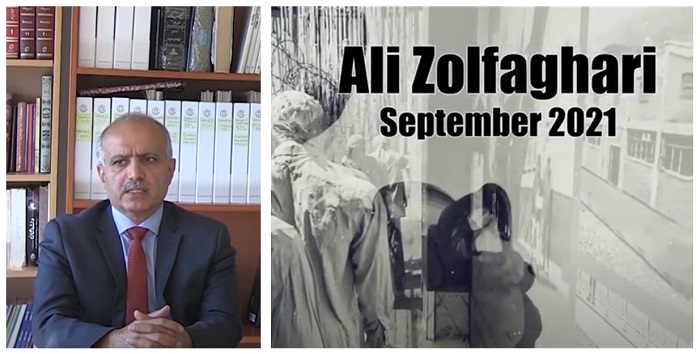
The MEK maintained its structure
The Mojahedin organization maintained its structure after the leadership and hierarchy of all Islamic Republic opposition groups were dissolved, making it the most serious threat to clerical rule.
However, despite the numerous crimes against humanity and the calls from human rights organizations demanding accountability, the regime has only faced impunity from the international community.

Follow Maryam Rajavi’s on her site Twitter & Facebook and follow NCRI (Twitter & Facebook)
and follow NCRI (Twitter & Facebook)
MEK Iran (on Twitter and Facebook)
and People’s Mojahedin Organization of Iran – MEK IRAN – YouTube


